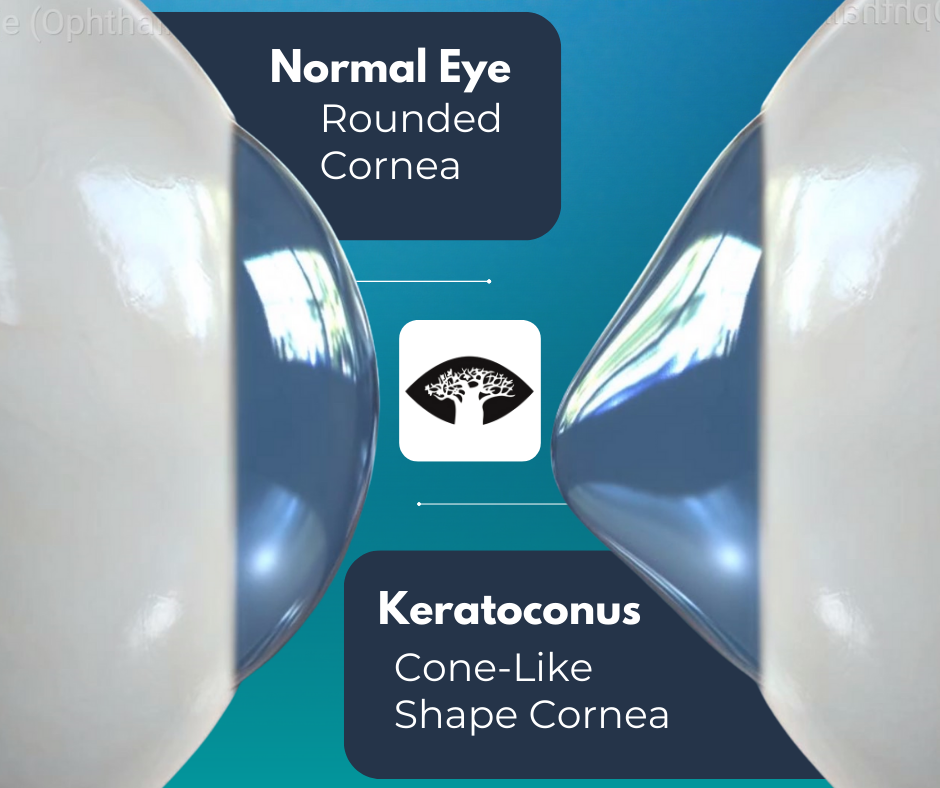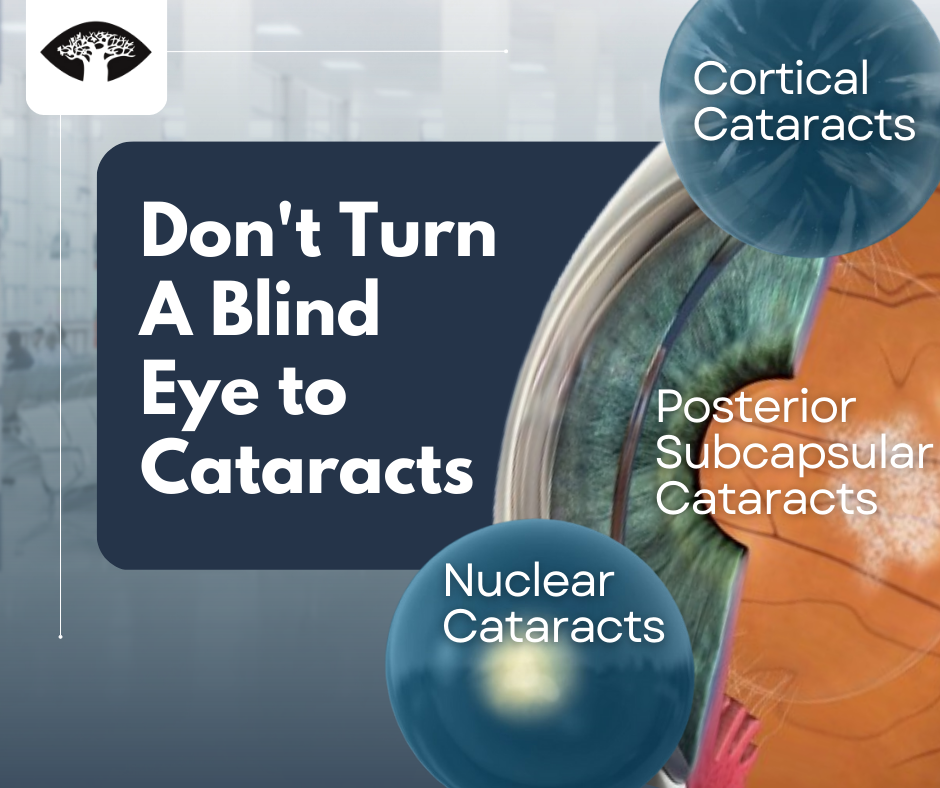Keratoconus is a progressive eye condition that affects the cornea, the clear outer layer of the eye. This condition causes the cornea to thin and bulge into a cone-like shape, leading to distorted vision and other visual problems. In this article, we will discuss the causes, symptoms, diagnosis, and treatment options for keratoconus.
Causes of Keratoconus
The exact cause is not fully understood, but it is believed to be caused by a combination of genetic and environmental factors. Some of the factors that are associated with keratoconus include:
- Genetics: Keratoconus often runs in families, and researchers have identified several genes that may be responsible for the condition.
- Eye Rubbing: Frequent eye rubbing can cause damage to the cornea and increase the risk of developing keratoconus.
- Allergies: People with allergies may be more likely to develop keratoconus, although the exact reason for this is not clear.
- Connective Tissue Disorders: Certain connective tissue disorders, such as Ehlers-Danlos syndrome and Marfan syndrome, are associated with an increased risk of keratoconus.
Symptoms of Keratoconus
The symptoms can vary from person to person and may include:
- Blurred or distorted vision: This is the most common symptom of keratoconus. As the cornea becomes thinner and more irregular, it can cause vision to become distorted.
- Increased sensitivity to light: People with keratoconus may experience increased sensitivity to light, which can make it difficult to see in bright sunlight or other bright environments.
- Halos or glare around lights: Keratoconus can cause halos or glare around lights, especially at night.
- Frequent changes in prescription: As keratoconus progresses, the prescription for glasses or contact lenses may need to be changed frequently to maintain clear vision.
Diagnosis
Keratoconus can be diagnosed through a comprehensive eye exam, which may include:
- Visual Acuity Test: This test measures how well you can see at various distances.
- Refraction Test: This test determines the amount of nearsightedness, farsightedness, or astigmatism you have.
- Corneal Topography: This test uses a special instrument to map the surface of the cornea and detect any irregularities.
- Slit-Lamp Exam: This exam allows your eye doctor to examine the cornea and other structures of the eye in detail.
Treatment
There are several treatment options for keratoconus, depending on the severity of the condition. These include:
- Glasses or Contact Lenses: Mild cases can often be corrected with glasses or contact lenses. Specialized contact lenses, such as rigid gas-permeable lenses, can help to provide clear vision by conforming to the irregular shape of the cornea.
- Corneal Cross-Linking: This is a minimally invasive procedure that uses a combination of ultraviolet light and riboflavin drops to strengthen the cornea and prevent further bulging.
- Intacs: This is a surgical procedure that involves the insertion of small plastic rings into the cornea to help flatten it and improve vision.
- Corneal Transplant: In severe cases a corneal transplant may be necessary to replace the damaged cornea with a healthy one.
Conclusion
Keratoconus is a progressive eye condition that can cause significant vision problems if left untreated. Its important to seek the advice of an eye doctor if you experience any symptoms of keratoconus, such as blurred or distorted vision, sensitivity to light, halos, or frequent changes in prescription.
While the exact cause is not fully understood, there are several treatment options available depending on the severity of the condition. Treatment options include glasses or contact lenses, corneal cross-linking, Intacs, and corneal transplant.
If you have been diagnosed it is important to work closely with your eye doctor to develop a treatment plan that is tailored to your specific needs. Regular eye exams can also help to monitor the progression of the condition and ensure that any necessary adjustments to your treatment plan are made in a timely manner.



